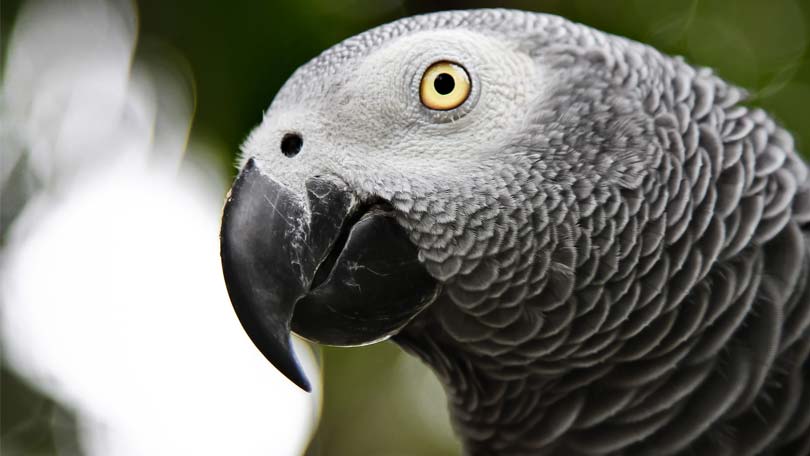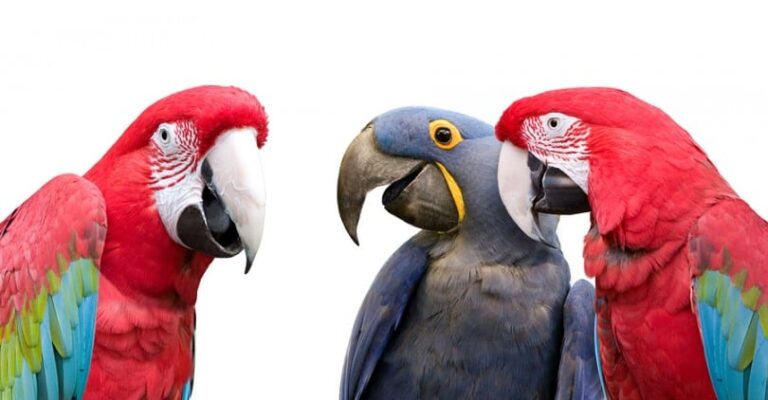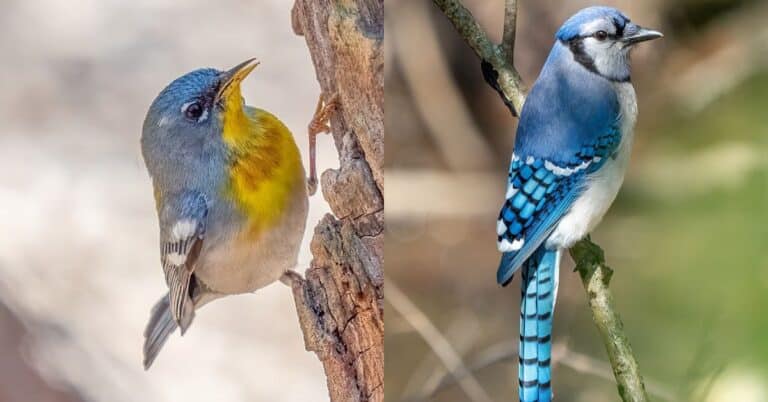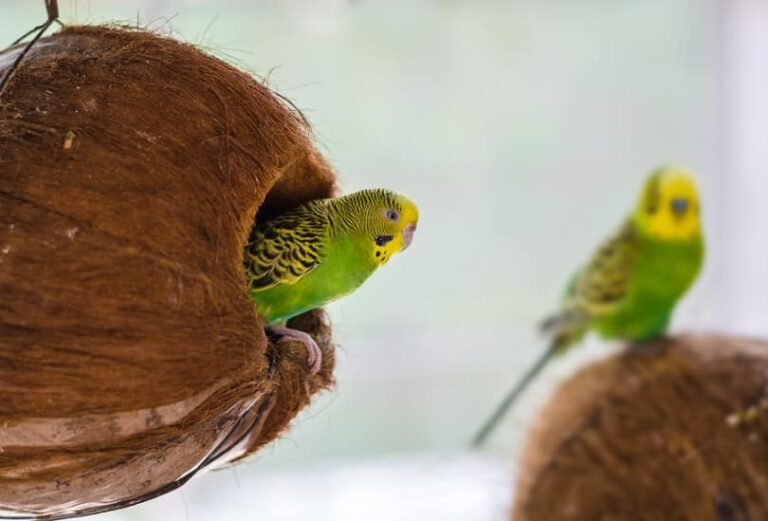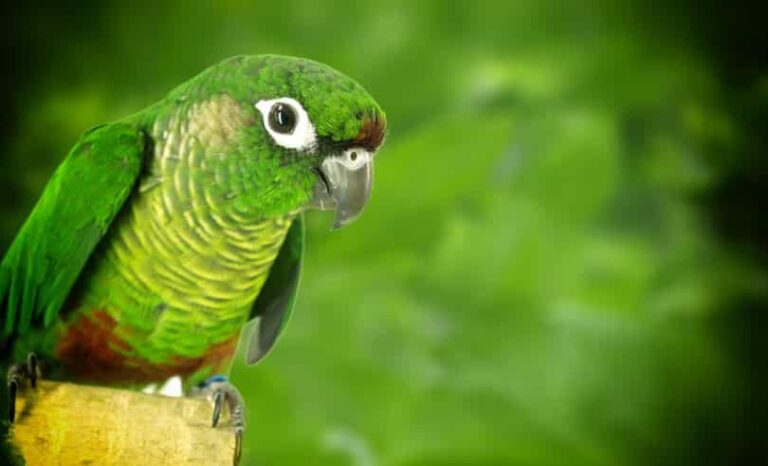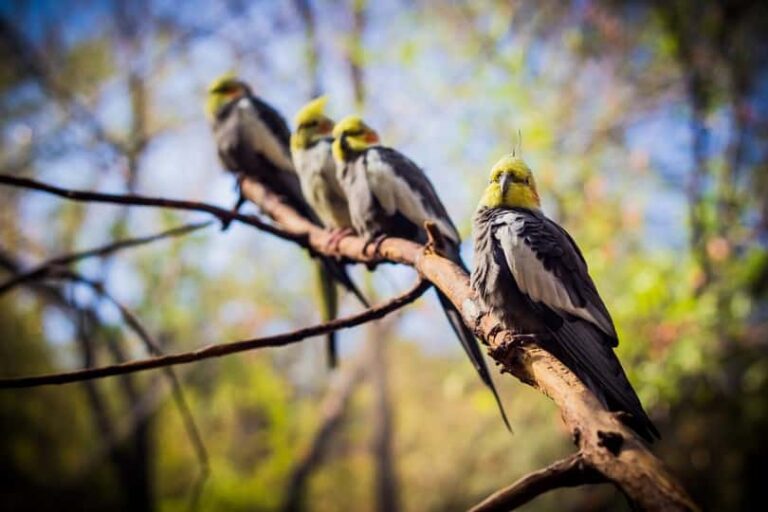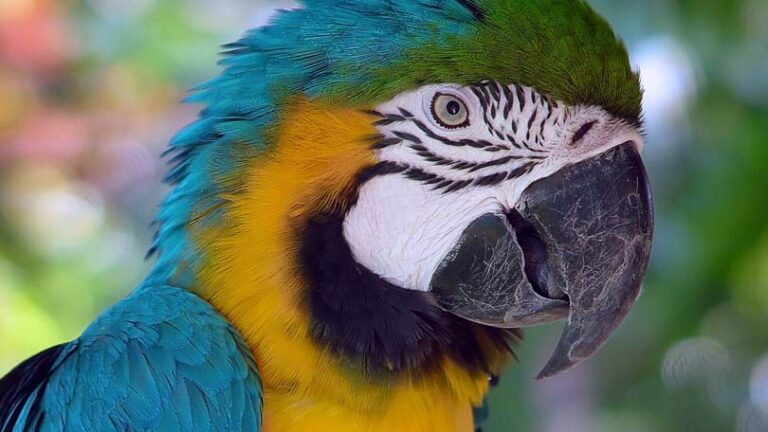Buying a Parrot
Adopting an African Grey is an enormous responsibility that should never be taken lightly or done on a whim. It is important to first do some research on parrots to determine if a bird is the right pet for you. Once you conclude that you have the time, commitment, space, and financial resources for a parrot, you will still need to learn as much as possible about the species of bird you are considering. While all parrots share some characteristics in common, there are also distinct differences beyond physical appearance. Before adopting an African Grey, find out as much as you can about the needs and traits of these fascinating birds. While the African Grey is an ideal pet for some, it is not the bird for everyone and can be a difficult bird for the novice.
About African Greys
The African Grey has a rich history as a pet, dating back over 4000 years when they were kept by Egyptians. King Henry VIII of England also kept an African Grey. These popular birds have even shown up in contemporary literature. In Michael Crichton’s novel, Next, the character Gerard is an African Grey, as is Methuselah, a character in Barbara Kingsolver’s novel, The Poisonwood Bible.
The African Grey is a medium to large parrot found in the rainforests of West and Central Africa. There are two subspecies: the Congo African Grey and the Timneh African Grey. The Congo African Grey is a larger bird measuring approximately 12 inches long and is covered in light grey feathers; it has a black beak and a bright red tail. The Timneh African Grey is a smaller parrot with dark charcoal gray feathers, a deep maroon tail, and horn colored beak.
The Congo African Grey is considered more impressive and generally costs more than the smaller Timneh. Both species are known to be able talkers and make good companions. Greys are devoted parrots, but generally do not like to cuddle the way Cockatoos do, nor are they usually as outgoing or playful as Macaws or Amazons.
Most Grey enthusiasts describe the Timneh as less nervous than the Congo, but in general both species are reputed to be cautious, nervous, and fearful of change. These traits make the African Grey a poor choice for a family with small, active children. As prey animals, parrots in general dislike the sudden, frenetic movements of small children. Greys seem particularly sensitive to environmental change, making them a better choice for homes with older children and adults. Because of its sensitive nature, your Grey will require patience and guidance to accept changes in the household. Otherwise, your bird will be prone to behavior problems like biting, screaming, or feather plucking.
On a related note, the personality of the African Grey makes it prone to become a one person bird. It is important for the owner to properly socialize their Grey. If you’re adopting an older Grey, be aware that your bird may be bonded to one particular gender, which may present a challenge. Be patient and persistent when bringing home any new bird, but especially one as sensitive as the Grey. Give your new bird time to adjust and feel safe, but remember to spend time introducing your Grey to new people, experiences, and situations. Do this gradually and with an understanding that learning new behaviors will take time.
African Greys and Speech
African Greys are noted for their remarkable ability to mimic speech. They are considered by most experts to be the best talkers. They typically develop an extensive vocabulary, which endears them to their owners and amuses onlookers
Most Greys have a knack for imitating electronic devices and other noises that can be both amusing and quite irritating. These include dripping water, microwave, video games, alarm clocks, sirens, barking dogs, and ringing telephones. If you can’t imagine listening to the sound of a ringing telephone repeated over and over or hearing a siren sound off during your favorite television program, an African Grey may not be the bird for you.
If you are considering adopting an older African Grey, keep in mind that it may already have some annoying speech habits. It helps to have a good sense of humor when it comes to your bird’s speech.
While Greys are noted for their remarkable speaking abilities, never buy or adopt a bird for this reason alone. Just as human beings vary in their talents and abilities, so do birds. Some African Greys are poor talkers. If you require a parrot that talks, you might want to re-examine your reasons for acquiring a bird. Also keep in mind that African Greys do not typically begin speaking until they are two or three years old.
African Greys and Intelligence
Many people are familiar with Alex, the African Grey that served as a subject of ongoing research conducted by Dr. Irene Pepperberg. Alex not only had an extensive vocabulary, but demonstrated an ability to associate words with meanings, including abstract concepts such as shapes, colors, and numbers. African Greys have demonstrated a high level of intelligence, performing cognitive tasks on a level similar to chimps, dolphins, and human toddlers. Alex for example was known to ask for “long yellow” when he wanted corn, demonstrating an ability to apply language to concepts. For the potential owner of an African Grey, these are more than interesting tidbits. What these findings should indicate to anyone considering adopting an African Grey is that these birds require an owner who is committed to meeting the needs of a highly intelligent animal.
An African Grey requires a spacious cage in which to move around and play. A variety of toys must be offered and rotated frequently to prevent boredom. Greys love to chew rope and other soft toys and seem to delight in shredding paper and cardboard. Give your bird toys that it can manipulate. Toys go a long way to entertain this highly intelligent parrot, but are no substitute for human interaction. When adopting an African Grey, you are taking on the role of its flock. These birds are social creatures with complex emotional needs. You will need to spend at least one hour a day interacting with your Grey.
One or more playstands will provide your pet a change of scenery, which is important for all birds, but especially for Greys, which are noted for becoming territorial about their cages. Dominance can be an issue with these birds, making it important not to allow your Grey to perch higher than your chest level. Greys have strong, sharp beaks and can deliver a painful bite.
African Greys and Health
When adopting an African Grey, arrange to have it examined by an avian vet to ensure that it is healthy. If you have other birds in your home, be sure to quarantine your new arrival for at least two weeks. You will want to feed your African Grey a healthy diet of pellets, seeds, grains, nuts, and fresh fruits and vegetables, but made all diet changes gradually and make sure that your bird is eating. Many Greys require higher amounts of vitamin A (beta carotene). Yellow squashes, sweet potatoes, carrots, kale and other green leafy vegetables, red peppers, and broccoli are good beta carotene sources.
Adopting an African Grey can be a truly rewarding experience. These birds are among the most beautiful, intelligent, and vocal parrots available. When cared for properly, Greys make delightful companions.

Having discovered a fondness for insects while pursuing her degree in Biology, Randi Jones was quite bugged to know that people usually dismissed these little creatures as “creepy-crawlies”.

